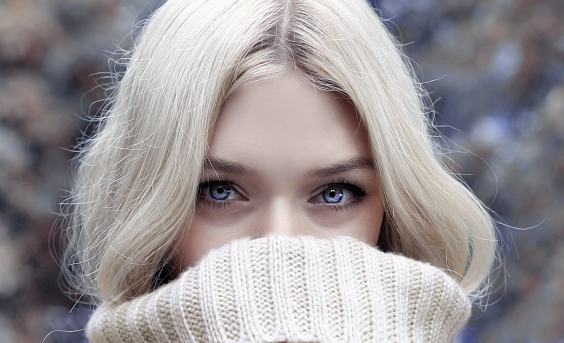
Q: How does snow affect a person’s exposure to ultraviolet radiation?
Marla Ahlgrimm: All it takes is one look at a winter wonderland to see how much brighter things look with fresh snow. Snow, which is primarily made up of tiny ice crystals, can reflect back up to 80 percent of the sun’s UV rays. This essentially doubles your exposure to UV radiation.
Q: What’s the best way to protect against the added exposure to radiation?
Marla Ahlgrimm: It’s simple, really. Just to cover your skin. Wear long sleeves, long pants, and a hat to provide shade for your face and to cover your ears. If you’re going to be outside for any length of time with exposed skin, grab the sunscreen. While considered a summer staple, sunscreen can prevent sunburn, which is just as dangerous during the cooler months.
Q: Should you still wear sunscreen or cover up when it’s cloudy?
Marla Ahlgrimm: Yes, no matter how overcast it may be, UVA rays can easily get through cloud cover. These rays are present year-round and can result in prematurely-aged skin. Even more concerning, exposure to solar radiation can significantly increase your chance of skin cancer.
Q: Are there any special precautions one should take when participating in outdoor winter recreation?
Marla Ahlgrimm: Absolutely, for reasons listed above as well as problems associated with rising elevations. When you’re in the mountains, for example, UV radiation is more substantial. It’s estimated that you are exposed to 5 percent more rays with every thousand feet above sea level you travel. Always wear sunscreen of at least SPF 30 and reapply every hour when you’re outdoors and active.